Richard Mille launched the first timepiece from his eponymous watch brand in 2001. Seventeen years later, the brand has made an indelible mark on the luxury watch industry with its avant-garde designs, its pioneering use of space-age materials, and its partnerships with some very high-profile athletes and celebrities. A few months back, I caught up with Richard when he was stateside for the U.S. debut of the groundbreaking RM 50-03 McLaren F1 watch, where we sat down for a brief but enlightening interview.

WT: It’s been several years since we spoke. How in your estimation is your brand different now then when it started?
RM: For me, nothing has changed. Of course, the brand is bigger, its presence in the market is greater, but we are still enjoying ourselves. I still spend a lot of time in the creation of new pieces, so I am having as much fun as ever. And I’m still working with my friends, just as it was in the beginning.
WT: One of the things that this brand has always excelled at is introducing new materials, like the graphene case of the new RM 50-03 McLaren F1 model. Why do you think it’s important for a watch brand to continue to introduce new materials into the mix?
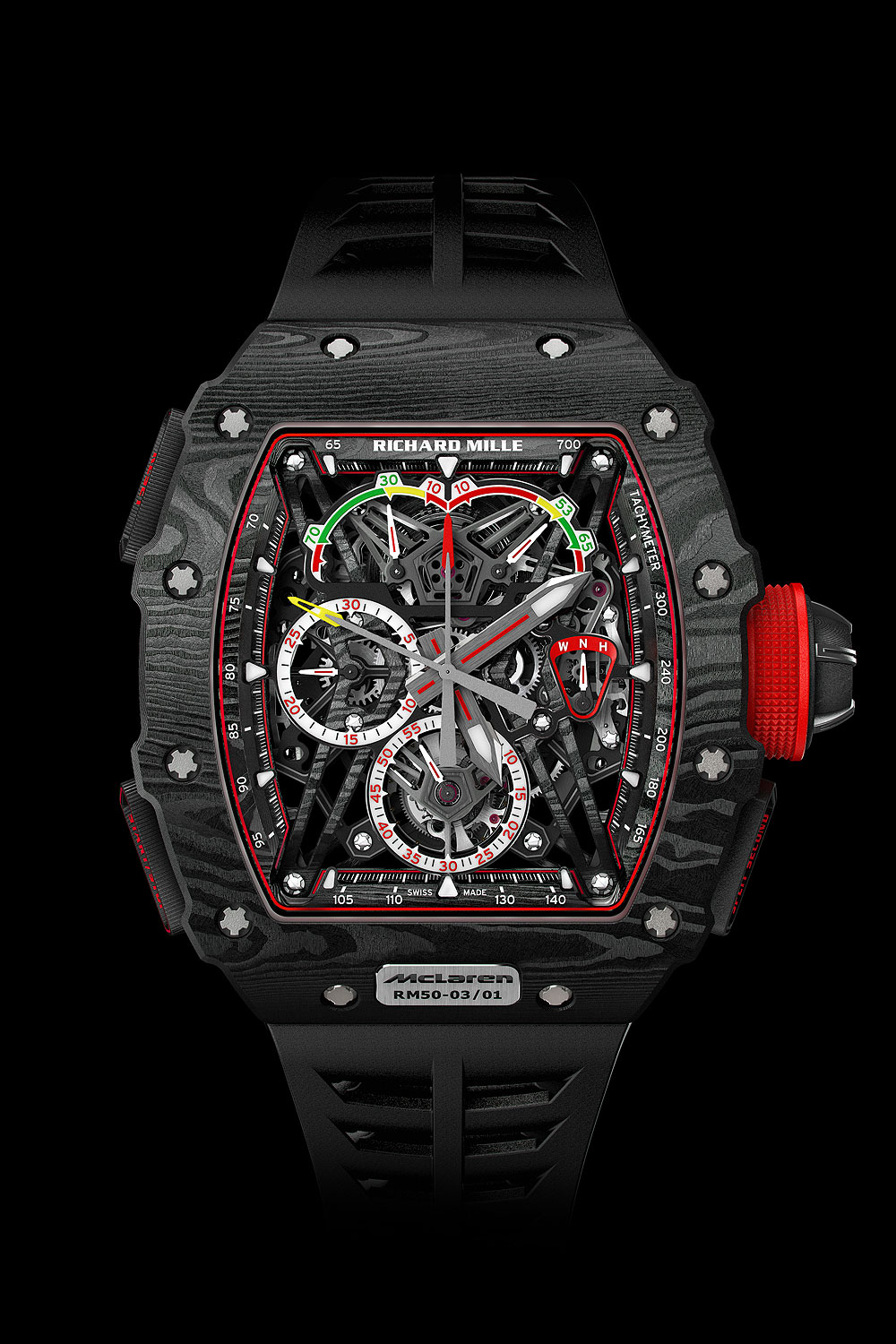
RM: I am not in fact obsessed with always introducing new materials, because I always want the brand to be very serious. I hate gimmicks. I will introduce a new material only if there is a reason, an objective — not just for the sake of having these new materials because it’s sexy or better for the marketing. Everything must have a reason. I think my customers enjoy that. Also, we are still a fairly young brand, but we offer a five-year warranty, including against shocks. So, I must be very serious in my developments, I must be very consistent in making sure I’m using materials that are extra-resistant to shocks because if I make a mistake, it costs me a lot of money. I am also very, very careful that any new material I launch must be totally non-allergic and passes tests to prove it. The watch must live for many, many decades, so I always look very long-term. You cannot imagine the number of materials that are not selected — the ones that are brought to me but can’t pass the tests.
WT: Another factor that always seems to be in play in your watches is a constant search for more lightness on the wrist. Is this a primary goal of your R&D department when you create a new product?
RM: Yes. My first objective is that it must be comfortable on the wrist. Regardless of the size, my watches must not only be light but also ergonomic, with a curve that fits very well on the wrist, even a very big wrist.
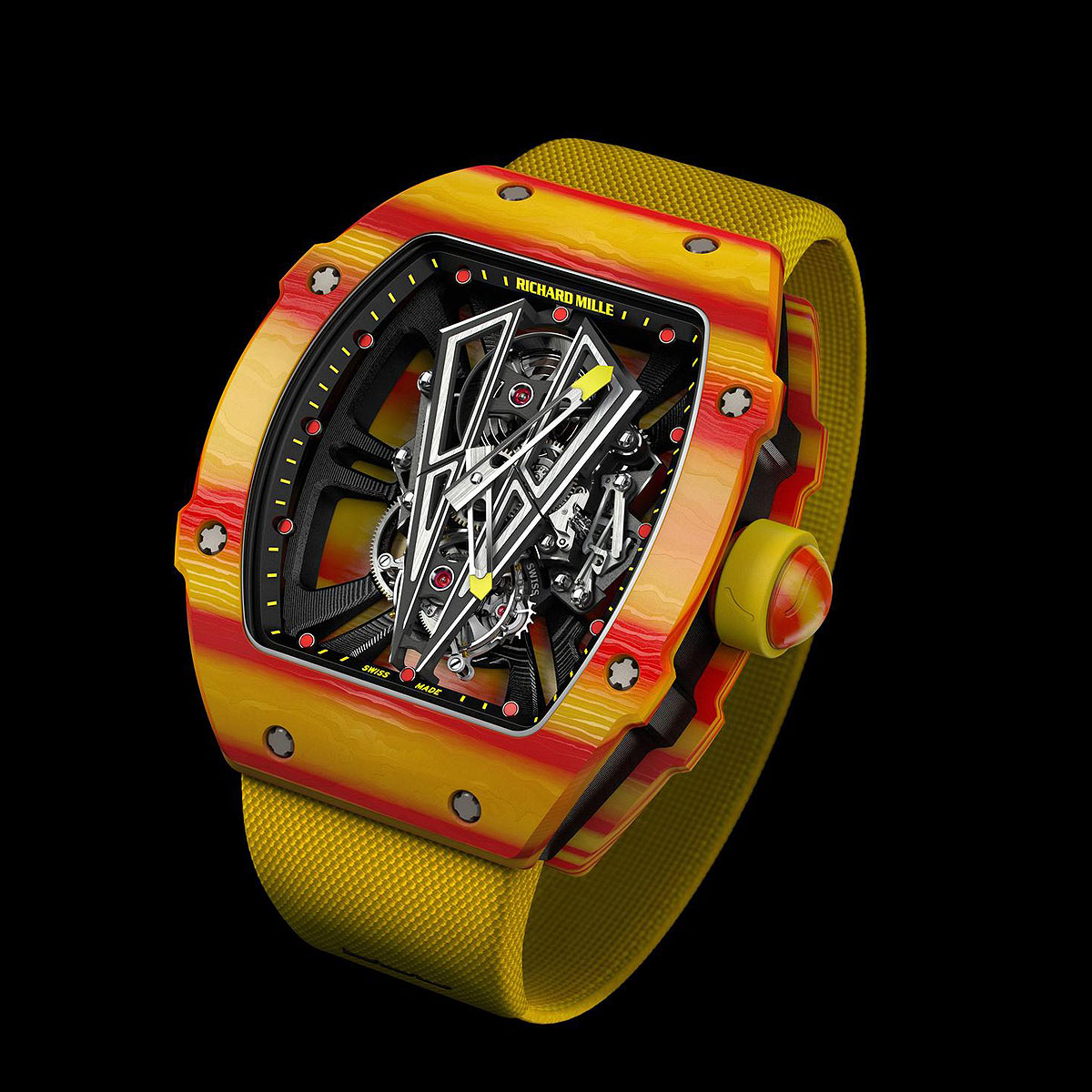
WT: Many watch brands have partnerships with athletes, but in most cases the athletes don’t actually wear the watches during play. On the other hand, your “brand ambassador” athletes, such as Rafael Nadal and Bubba Watson, are always wearing them when you see their matches on TV. Why is this important to you, and is this always part of the deal when an athlete partners with the brand?
RM: I want to make extreme watches for extreme conditions. When I launched the brand, people would always tell me, for example, that it’s impossible to play golf with a steel tourbillon watch. I proved the contrary. People said that it was impossible to drive a Formula 1 car with a tourbillon watch. I also proved this to the contrary. They said it was impossible to play polo with a watch because the mallet would break it. I proved the contrary. I love to show that we are capable of engineering watches to resist any type of shock. The last Nadal watch I released is resistant to 10,000 Gs! I also wanted to show my clients that they could wear my watches in any conditions. I don’t imagine watches that are made to be kept in a safe. I want to make watches that are worn and used.
WT: So the athlete has to sign a contract that he is actually going to wear the watch while playing his sport?
RM: Yes. It’s my only condition. The rest I’m very flexible about, honestly.
WT: Has anyone ever turned you down?
RM: No. Nadal was the most difficult to convince in the beginning, but now he says the watch is like his second skin.

WT: You’re wearing a round watch today, but this brand has become very associated with popularizing the tonneau shape. What is appealing to you most about that shape?
RM: The ergonomics are very important, of course. But also, it was very important to me to express individuality. I wanted to do not only extreme movements, but 3D-designed movements that reveal their characteristics so people could see them, and to me nothing is better than a tonneau case with a lot of glass, front and back, to reveal such a mechanism. At a time when some manufacturers try to avoid finishing by hand, I wanted to show everything. I think it gives my brand a strong identification.
WT: Overall, Richard Mille is a very masculine-looking brand, but you do make some ladies watches. What’s different about your approach to designing ladies watches as opposed to men’s?
RM: We still use a tonneau shape, but longer and thinner, and the lines are narrower. When I designed my first ladies’ piece I wanted it to fit perfectly within the family as well as fitting very well on the wrist. I see them as having the same personality that they have in the gents’ models but adapted for women.
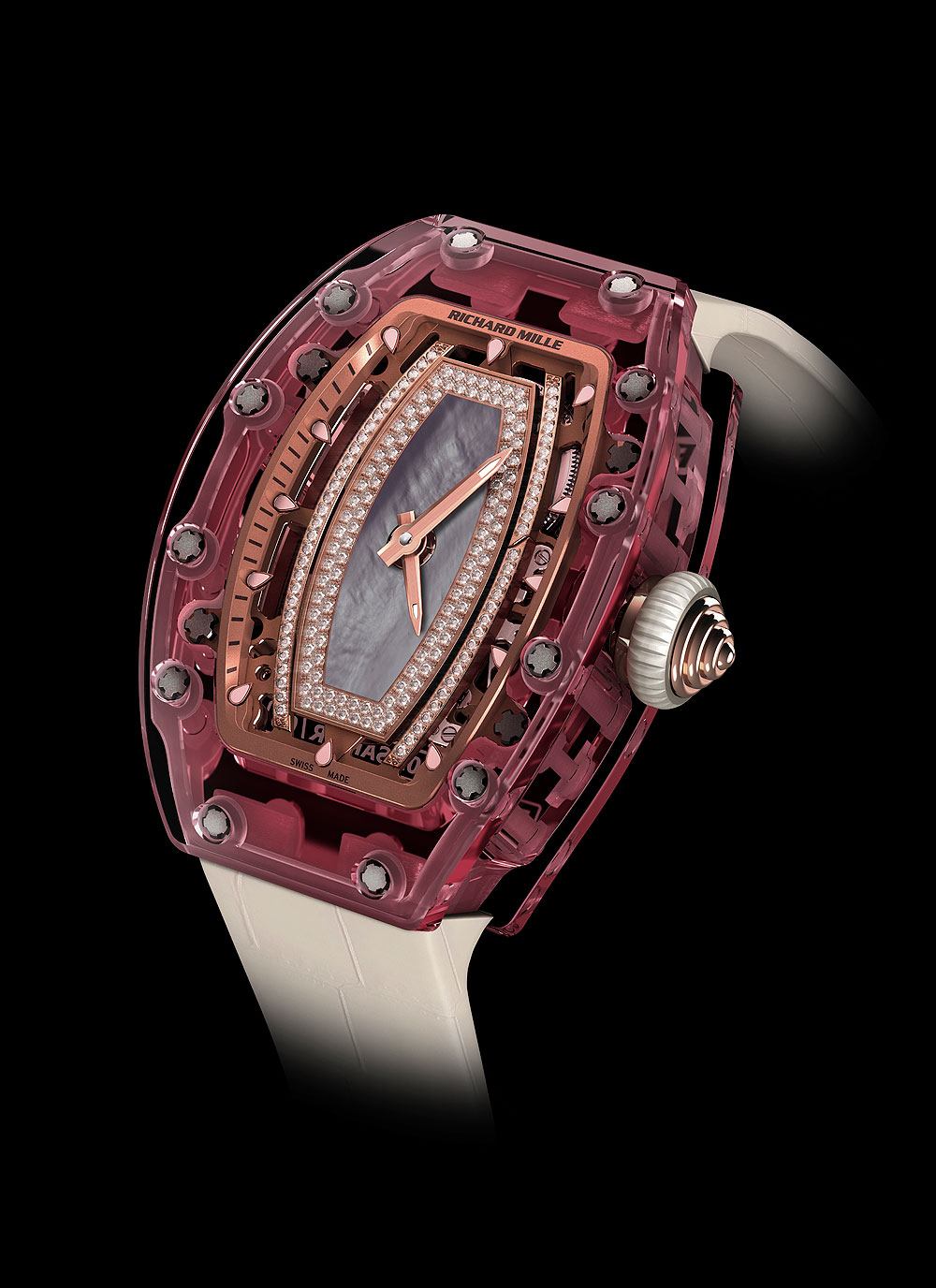
WT: Obviously the price points on Richard Mille watches are very high. It’s unlikely that anybody’s first watch is going to be a Richard Mille. Is there ever any discussion about doing something more “entry-level?” And what in fact would you consider “entry level?”
RM: Today, I have the freedom to develop a watch at any cost. The price doesn’t really enter into my philosophy; the price is a result of my choices. If I have to spend six or seven years of development to release only 10 pieces, I will do it. Of course, the price on the final product might be crazy as a result, but this is what happens. And the truth is, even if there is a huge crisis in the overall watch business, we still have a difficult time filling orders.
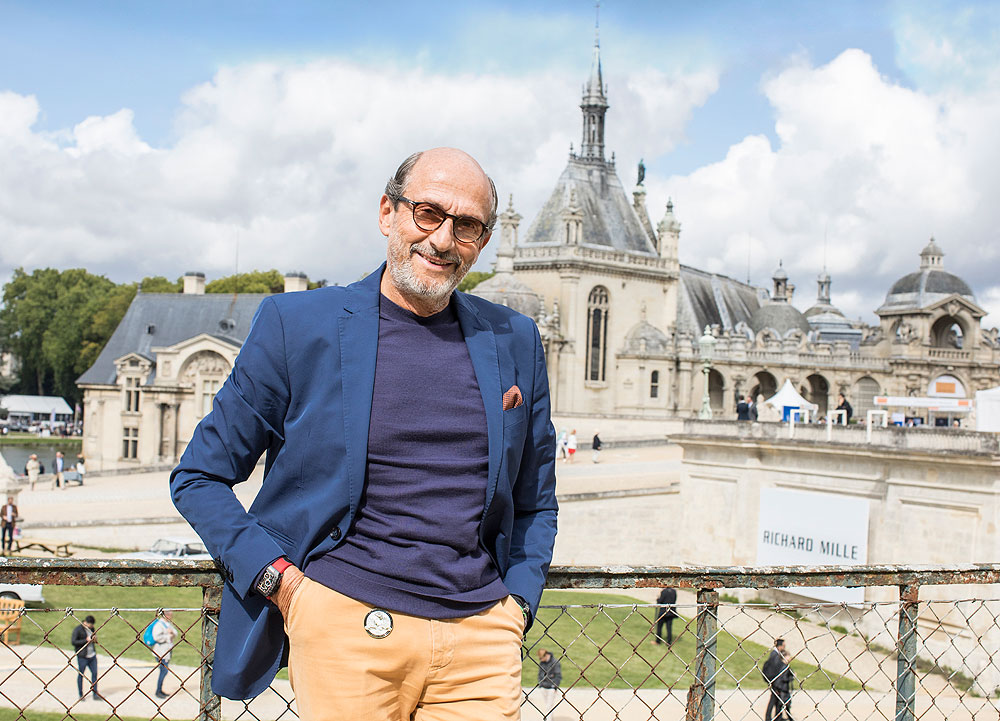


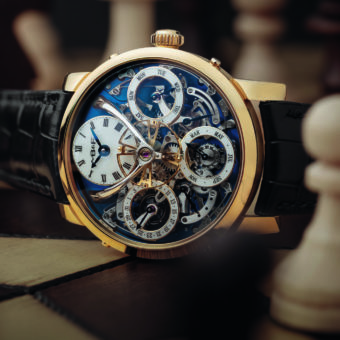
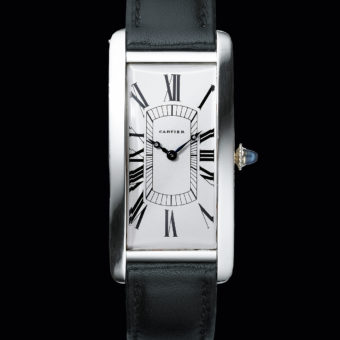
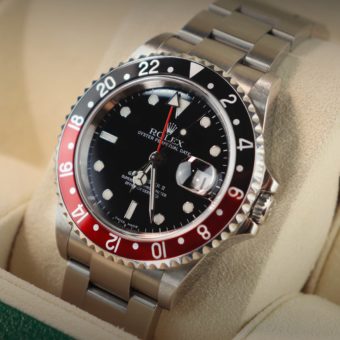
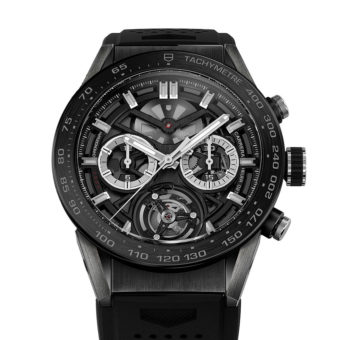
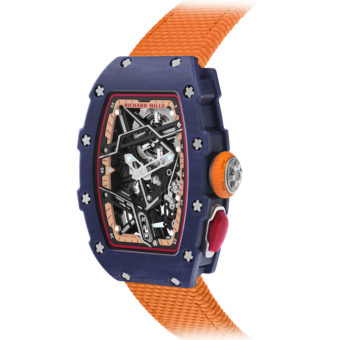
“The rest I’m very flexible about, honestly”… what else to expect anyway?? I find the watch nice looking for sportmen but price suggest the entry door for money laundering. Check the brokers.
Credit where it’s due; as a poster-child for corruption and kleptocracy worldwide, Richard Mille watches are without peer.
Truly ugly watches. Moreover, it is ultra-difficult to read time at a glance.
Suggested slogan for RM:
“Making ugly watches for the rich & clueless since 2001.”
Truly. garish watches, and adding insult to injury, preposterous prices to match. Suitable I suppose, for poseurs and narcissists, and certain enfant terribles who have convinced themselves that gaudiness is a virtue, and ostentatiousnes is their birthright and undeniably a sign of their “genius” hahaha Send in the Clowns.
SOMEONE HAS TO STOP THIS MAN FROM MAKING WATCHES .
Truly hideous watches that look like kid toys. To each his own I guess.
Got to be some of the ugliest watches ever produced. The Jackson Pollack of watches.